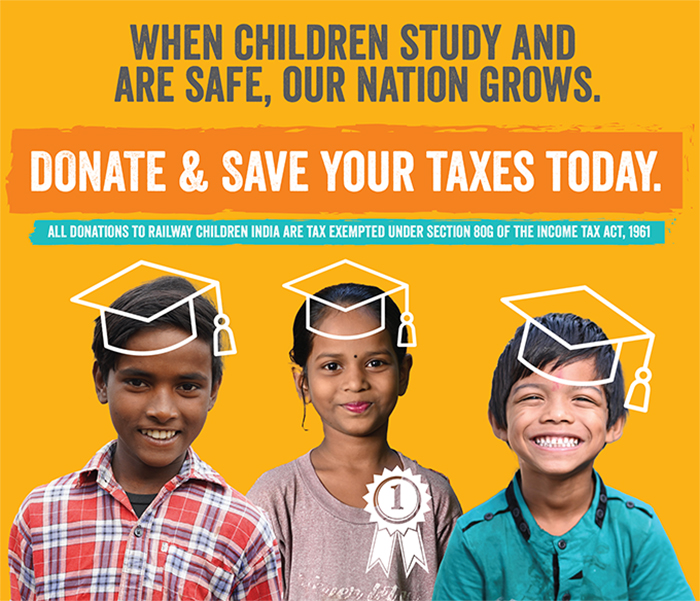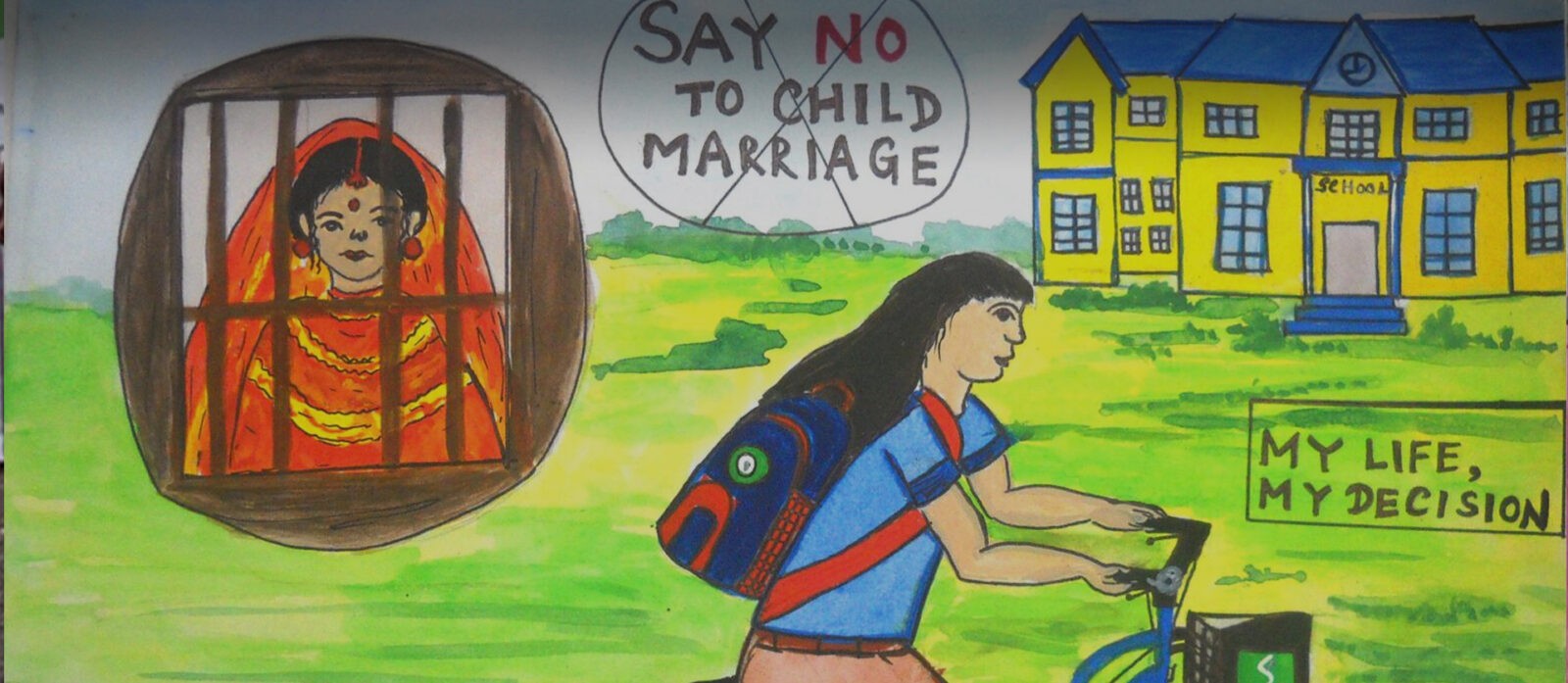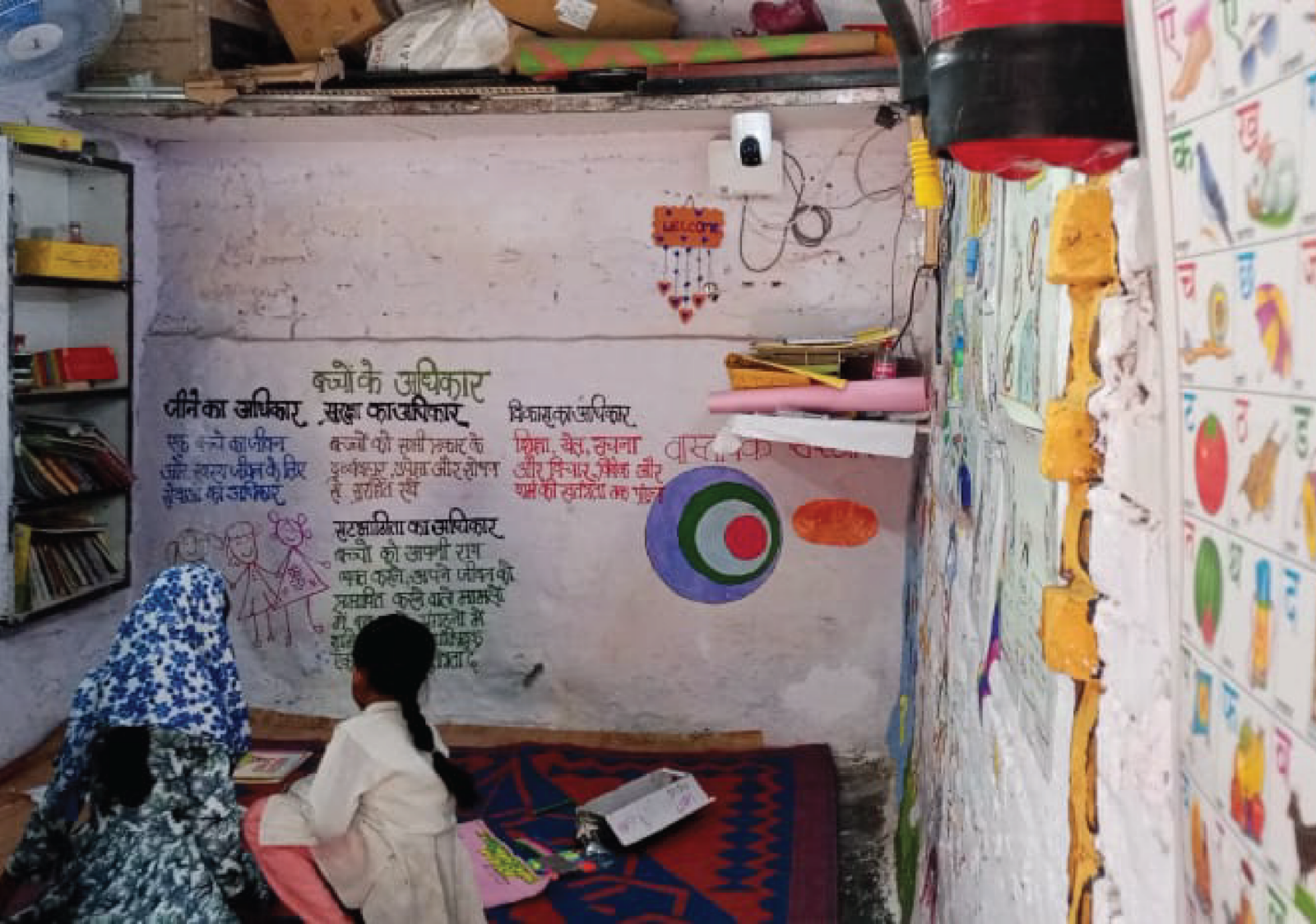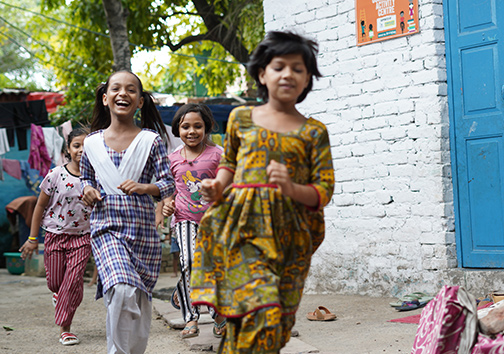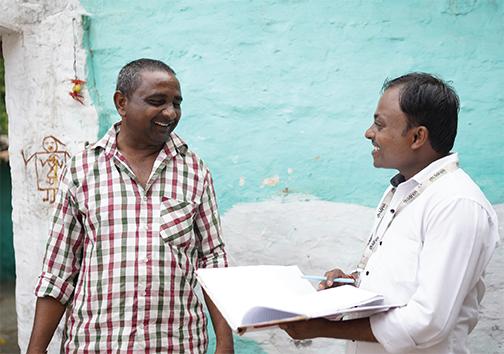Child marriage is more than a gross violation of human rights. It is a depravity of the many resources offered to a girl child to empower her—education and health being the most important resources. In a girl’s life, exit from school is often caused by or results in early marriage, which then ensues a plethora of issues such as poor physical and mental health.
It has been the view of numerous global organizations and an observation of several social studies alike that education holds the ultimate power of putting a stop to child marriage.
Elaborated below are 5 impactful ways in which education can put an end to child marriage globally.
1. Education can put an end to intergenerational recurrence of child marriage.
It is rightly said “Educate a woman and you educate a family.” Once a girl receives quality education, she is less likely to marry early, and so are the generations of girls and women who follow her. Educating one girl thoroughly will naturally lead to a compound effect of all girls in the family receiving education, and staying away from the clutches of child marriage.
2. Education shatters gender inequality.
Child marriage is rooted in gender inequality and exacerbated by poverty. A poverty-stricken family or one living in a disaster- or conflict-affected region find marriage as the sole respite that will secure their daughter’s financial future. The practice of bride price, as seen in conflicted-affected regions across the world, is viewed as a financially beneficial practice by many underprivileged families. In such regions, it only takes an educated girl to earn well and prove her naysayers wrong. When girls stay in school, they fight poverty and eventually curb child marriage.
3. Education brings knowledge of law.
Schools serve as a safe place for girls to learn and grow. It is here that they learn about the many laws that protect them. Child marriage notoriously persists even in places where it has long been outlawed. This makes it critical for girls to learn about their rights, safe havens and detriments of child marriage. Hence, it is believed that a girl’s chance of marrying as a child decreases for every year she stays in school.
4. Education equips girls with life skills and abundant confidence.
For adolescent girls, school becomes a place where they develop life skills and social connections at a critical phase of their development. Quality education received at school opens a girl’s mind to a plethora of new experiences. Seeing educated women and girls older than them instills a newfound confidence in the power of education. With time, girls then begin to understand their voice and strength, deterring her from submitting to life as a child bride.
5. Education raises awareness and changes attitudes.
Eventually, backed with knowledge and the power of voice, education becomes a tool for girls to in turn spread awareness about the ills of child marriage within their households and communities. Education gives rise to young leaders who engage in campaigns and discussions that challenge traditional beliefs and attitudes that support child marriage. Thus, producing champions that fight the cause of eliminating child marriage from the fabric of society.


